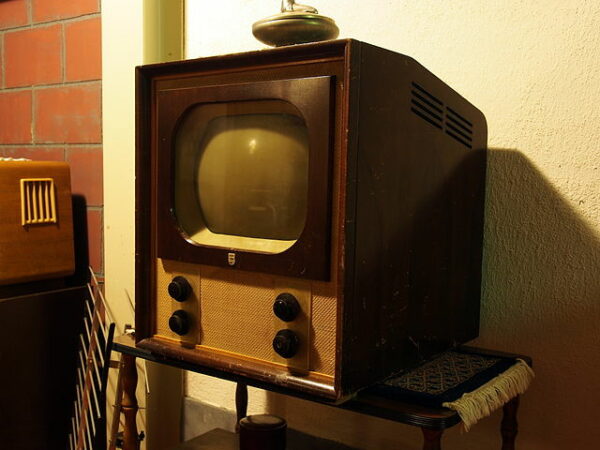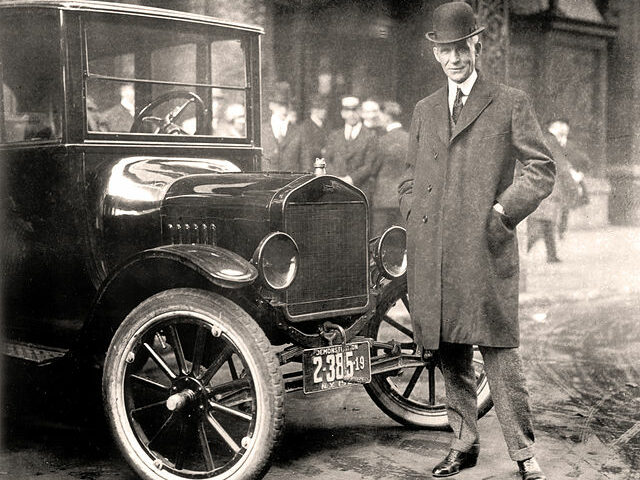On September 29, 1939, American sports and broadcasting history was made as NBC aired the first televised American football game. This groundbreaking event occurred at Columbia University’s Baker Field in Upper Manhattan, where the Fordham University Rams took on the Waynesburg Yellow Jackets. While it wasn’t a marquee matchup between powerhouse teams, the significance of the game extended far beyond the field. It marked the dawn of football as a televised sport, forever changing how the game would be consumed by fans.
At the time, television was in its infancy. NBC had only started regular broadcasts a few months earlier, and the number of television sets in American households was extremely limited—fewer than 1,000 in the New York City area where the game was broadcast. The broadcast of the game was not nationally televised, as television networks were still developing their infrastructure. However, for those fortunate enough to witness it, the experience of seeing football come to life on screen was a novelty.
The game was covered by Bill Stern, one of the earliest sports broadcasters, and a legend in the industry. Stern’s radio career had made him a household name, and transitioning to the visual medium of television presented new challenges. Unlike radio, where vivid verbal descriptions were key, television allowed viewers to see the game unfold. Yet, this early broadcast was far from what modern football fans expect. The technology was rudimentary, with only two cameras used to capture the action. One camera was placed on the 50-yard line, while the second was positioned behind the goalposts. The footage was grainy, in black and white, and the sound was limited. The camera angles were static, with no instant replays or graphics, and close-up shots were virtually non-existent.
Despite these limitations, the 1939 broadcast was a crucial step in developing sports on television. It laid the groundwork for how future football games—and eventually all sports—would be televised. The game, which Fordham won 34-7, was incidental to the greater importance of the event. NBC’s willingness to experiment with live sports coverage set the stage for the massive growth of television viewership in the coming decades.
Football’s television debut came just as the sport was beginning to gain wider popularity in the United States. College football had long been a celebrated sport, and the National Football League (NFL), though still relatively young and small, was starting to build its brand. The televised broadcast of this Fordham-Waynesburg game was an early indicator of how television would become integral to the sport’s expansion. For college football, which had historically drawn large crowds to stadiums, television would offer a new way to engage fans who couldn’t attend in person.
This game was also emblematic of the broader shift in how sports would be consumed by the American public. Over time, television would allow millions of fans to watch games from the comfort of their own homes, transforming sports into a spectator industry worth billions of dollars. The success of football on television paved the way for other sports, such as baseball and basketball, to make the leap to the small screen. In the years that followed, television networks would become increasingly intertwined with professional and college football, culminating in massive broadcast deals and the emergence of networks dedicated exclusively to sports coverage.
The September 29, 1939, broadcast remains a landmark moment in both television and sports history. It opened the door to a new era where the visual spectacle of sports could be shared with audiences far beyond the stadium walls. Today, with high-definition broadcasts, instant replays, and countless camera angles, it’s easy to forget how simple the beginnings of televised football were. Yet it was this humble broadcast that sparked a revolution, one that would make football the dominant sport in America’s television landscape for generations to come.






